Increasing Demand for UAVs
The rising demand for unmanned aerial vehicles (UAVs) across various sectors is a primary driver for the UAV Parachute Recovery System Market. As industries such as agriculture, surveillance, and logistics increasingly adopt UAV technology, the need for reliable recovery systems becomes paramount. The UAV market is projected to grow significantly, with estimates suggesting a compound annual growth rate (CAGR) of over 15% in the coming years. This growth directly correlates with the demand for parachute recovery systems, which enhance the safety and reliability of UAV operations. As UAVs are deployed in more complex environments, the UAV Parachute Recovery System Market is likely to see a corresponding increase in demand, driven by the necessity for effective recovery solutions.
Increased Investment in UAV Technology
Investment in UAV technology is a significant driver for the UAV Parachute Recovery System Market. As venture capital and government funding pour into UAV research and development, the market for associated technologies, including recovery systems, is likely to expand. This influx of capital is fostering innovation and encouraging the development of advanced recovery solutions that enhance the safety and reliability of UAV operations. Furthermore, as more companies enter the UAV market, competition is intensifying, leading to increased focus on safety features such as parachute recovery systems. The growing investment landscape suggests a promising future for the UAV Parachute Recovery System Market, as stakeholders seek to capitalize on the burgeoning UAV sector.
Growing Applications in Diverse Industries
The UAV Parachute Recovery System Market is experiencing growth due to the expanding applications of UAVs across various industries. Sectors such as emergency services, military, and environmental monitoring are increasingly utilizing UAVs for critical operations, necessitating reliable recovery systems. For instance, in emergency response scenarios, the ability to safely recover UAVs can be crucial for maintaining operational integrity and ensuring the safety of personnel. The versatility of UAVs in applications ranging from package delivery to search and rescue operations further underscores the need for effective recovery solutions. As these applications continue to diversify, the UAV Parachute Recovery System Market is poised for sustained growth, driven by the demand for tailored recovery systems that meet specific operational requirements.
Regulatory Compliance and Safety Standards
The UAV Parachute Recovery System Market is significantly influenced by the evolving regulatory landscape surrounding UAV operations. Governments and aviation authorities are increasingly implementing stringent safety standards to ensure the safe integration of UAVs into national airspace. Compliance with these regulations often necessitates the incorporation of recovery systems, such as parachutes, to mitigate risks associated with UAV failures. As regulations become more comprehensive, manufacturers and operators are compelled to invest in reliable recovery solutions, thereby driving growth in the UAV Parachute Recovery System Market. The emphasis on safety and compliance is expected to foster innovation and development within the market, as stakeholders seek to meet regulatory requirements while enhancing operational safety.
Technological Innovations in Recovery Systems
Technological advancements in parachute recovery systems are propelling the UAV Parachute Recovery System Market forward. Innovations such as smart parachutes equipped with sensors and automated deployment mechanisms are enhancing the effectiveness and reliability of recovery systems. These advancements not only improve the safety of UAV operations but also reduce the risk of damage to the UAV and its payload during recovery. The integration of advanced materials and design techniques is also contributing to the development of lighter and more efficient parachute systems. As technology continues to evolve, the UAV Parachute Recovery System Market is likely to experience increased investment and interest from manufacturers seeking to leverage these innovations for competitive advantage.


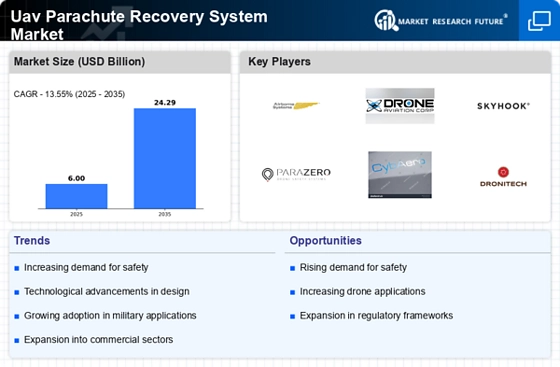
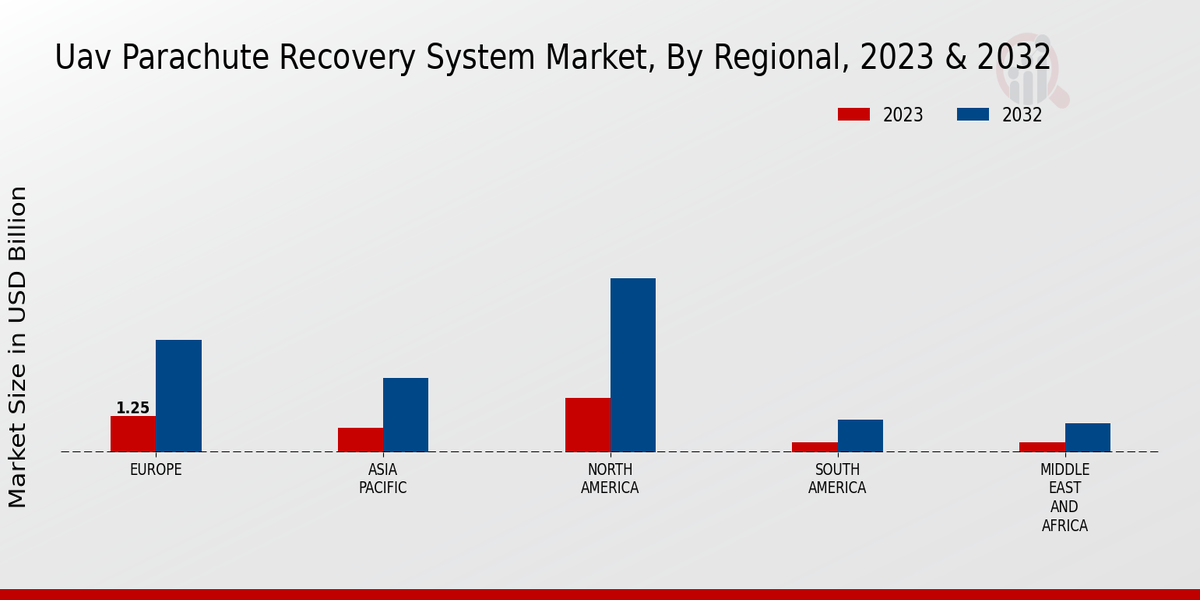
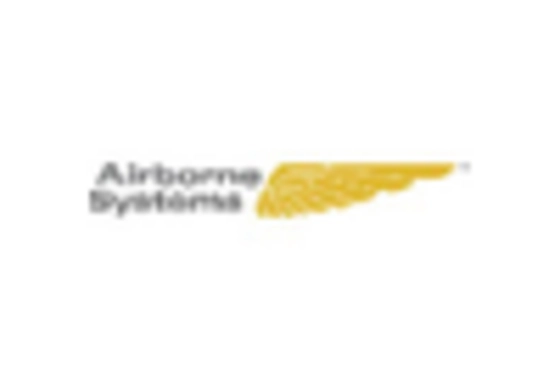
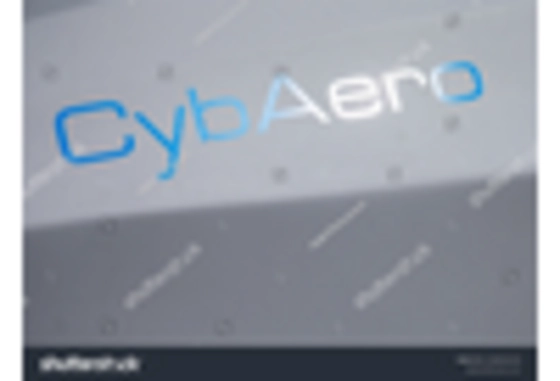
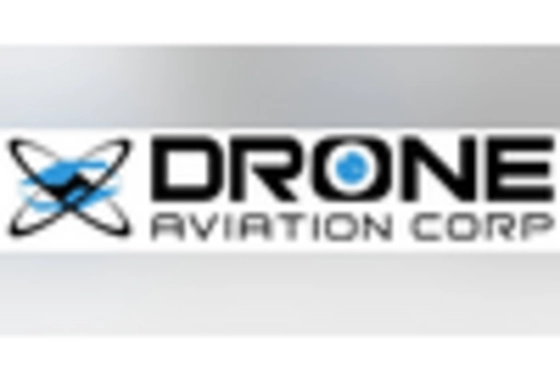
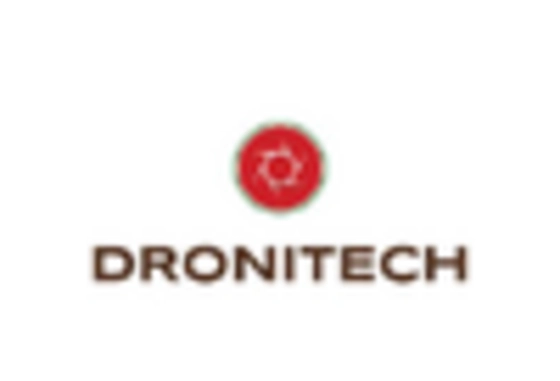










Leave a Comment